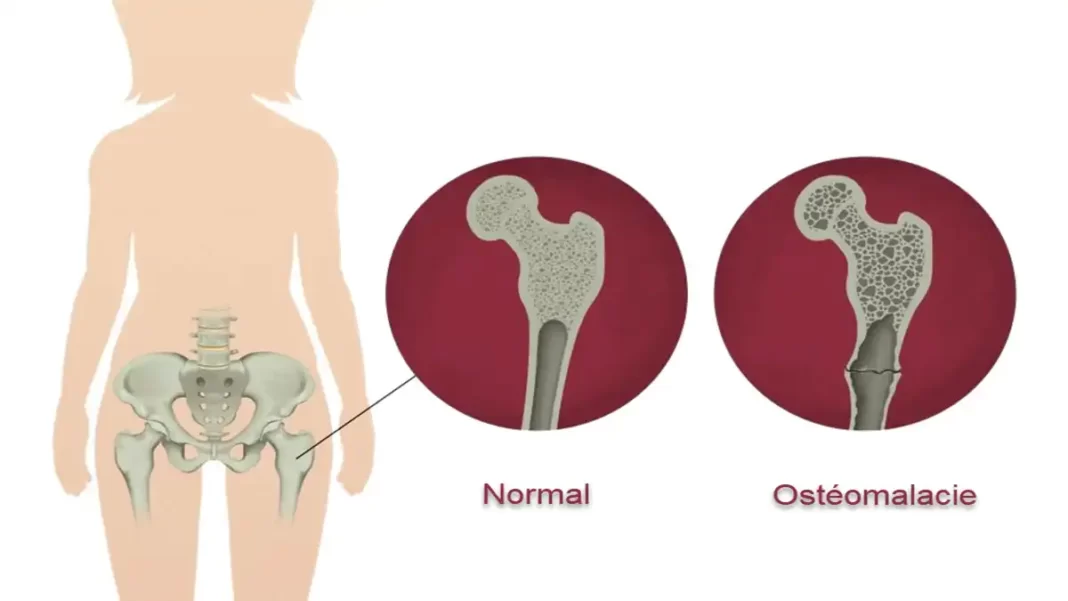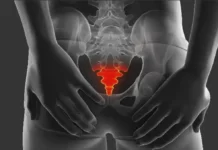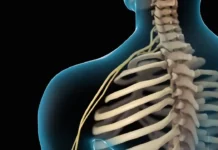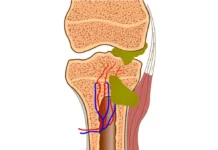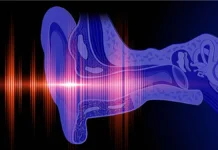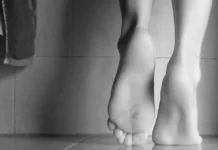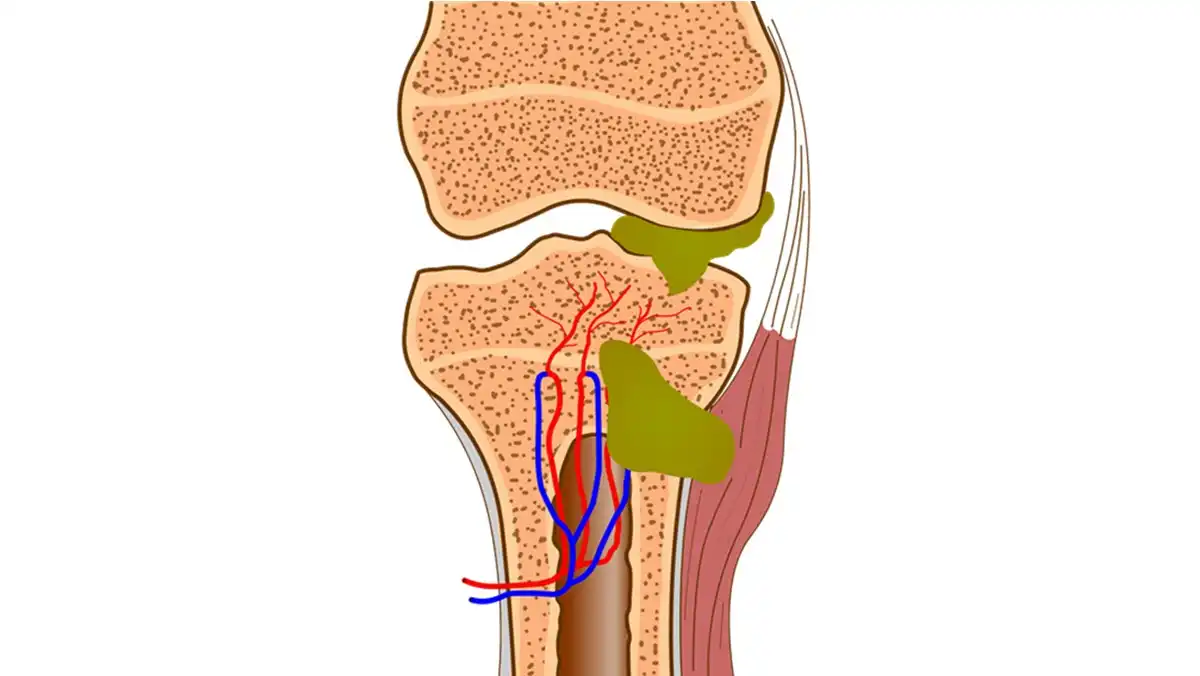Osteomalacia is basically a disorder of inadequate bone mineralization that occurs in adults due to vitamin D deficiency in the body. However, osteoid production is not affected, but being poorly mineralized bone will become soft. It is different from osteoporosis where the entire bone mass is reduced.
Cause
- Most of the required vitamin D is produced in the body by the action of sunlight.
- Malabsorption syndromes
- Celiac disease
- Multiple pregnancies
- Breastfeeding mothers.
- Medicines that interfere with a metabolism:
- Anticonvulsants (phenytoin, phenobarbital, carbamazepine)
- Phosphate-binding antacids
- Cholestyramine
- Fluoride
- Heavy metals can also lead to this clinical condition.
Symptoms
- Diffuse bone pain
- Back pain
- Generalized muscle weakness
- Dull pain in the lower back, pelvis and hips.
- Pathological fractures can occur, especially in the spine leading to progressive kyphosis.
Radiography
Areas of Looser (named after Emil Looser, Swiss surgeon) also known as: Milkman Fractures, Incremental Fractures or Pseudofractures
- Appear as thin transverse highlights, running at right angles to the cortex involved since the indentations are caused by vascular crossings pressing on a soft bone.
- The margins may be irregular and sclerotic.
- Often they are multiple and symmetrical.
- Common sites include:
- Lumbar vertebrae
- Pubic and ischial rummy
- Auxiliary border of scapula
- Protrusio acetabuli: non-traumatic
- Clavicle.
- Biconcave vertebrae: due to the indentation on the vertebral bodies by the intervertebral disc
- Champagne glass sign
- Protrusio acetabuli: non-traumatic



